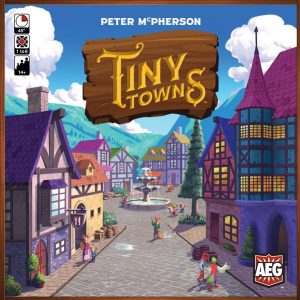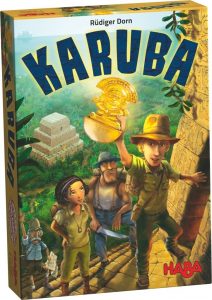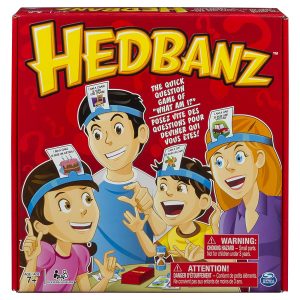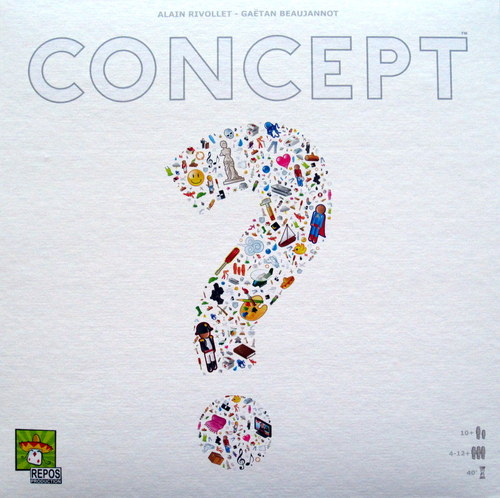Game Ideas for Video Conferencing

Digital technology has become an essential part our daily lives especially during the current health crisis.
Even though we are physically distancing ourselves from others, chances are that we are connected more with friends or family than usual through the aid of the virtual space. Following or posting on Facebook, video chatting through Zoom, Google Hangout or FaceTime, as well as Instagram or texting gives us the chance to provide daily updates to our parents, friends or children.
On the entertainment front, we have an endless supply of shows and movies that are available on command, as well as an abundance of video games for our consoles, computers or mobile devices. But these forms of distractions eventually become stale as they are missing one key component to truly keep us engaged: Interaction. Either with others or simply with ourselves.
What about board-gaming? Obviously, we can enjoy a game together if we live with other people in the same household. But what if you are quarantined by yourself or have different tastes in gaming than the people in your immediate surroundings? Technology can come to our aid once again. Nothing can truly replace the experience, feelings and emotions that come with gaming with others at the same table. But the internet can offer some help to still get some quality board gaming time into our daily lives which are starting to feel more and more like groundhog days. There have been a great number of advances in the virtual communication over the last few years and now seams to be the perfect time to take advantage of it.
One way to enjoy a game with people across the world (or just in your neighbourhood) is through a video conferencing platform of your choice (Zoom, Goggle hangout, etc.). Break out of copy of your favourite game and set it up on the table, while the other participants do the same. That way everyone can follow the gameplay on their own board in front of them. Even though this might feel slower than playing a game in the same physical space, it offers some of the natural benefits of board gaming: We still get the human-to-human interactions, strategies and responses; including jokes, banter, discussion and table talk. It also provides us with the tactile experience that can be very important to some gamers. The only caveat here is that often all involved parties would often have to have their own copy of the game. This does not necessarily have to be a costly purchase and, if it is a game everyone loves, it might be well worth the investment. The options here are theoretically endless but the more elaborate the physical setup of the game, like a large number of components or size of game board, the more challenging it might become. My advice is to go for titles that offer an interesting game play while keeping their table space at a minimum.
In case you are looking for some ideas, here are some titles to get you inspired. Of course, you can try any game and see how it works for you. I encourage you to reach out and share any additional suggestions or experiences with different titles with me.
3-7 players, ages 8 and up
This game has been one of the more popular games over the last year and has even won the German Game of the Year awards. In addition, it makes an excellent video conference game. You play together co-operatively to get the most correct guesses out of 13. On a player’s turn they have to guess a word with the help of the other players who are able to give a one-world clue about the word that they write down on the supplied easels or a piece of paper. If 2 or more people give the same clue, they get cancelled out. The nice thing here is that only one participant needs to own a copy. They can just show the card to the other players as the main player closes their eyes (or get muted on the video feed for a moment). Easy to learn and great fun that will be guaranteed to provide a few laughs.
1-6 players, ages 10 and up
This very charming and interesting variant of bingo leads itself very nicely to be played over a video feed. Each player has a board in front of them that they are filling up with different coloured cubes in order to build buildings in their newly formed town. In turn order, each player calls a colour and everyone has to place a cube of that colour simultaneously. If you are able to create a certain shape you can build a building (set out by a series of open cards) and get points. Even though each player would have to have their own copy, one does not really need to see the other players boards so the camera can focus on each other. An additional bonus is that the game offers a solo variant which makes it a worthwhile investment outside of gaming with others.
2-4 players, ages 8 and up
Similar to Tiny Towns this game is also based on a bingo-like mechanic. Each player has the exact same board and setup in front of them that displays explorers who are trying to discover pyramids in the jungle. The task is to build roads in the most efficient way to gather the most points. Each player also has a stack of tiles to choose from that have numbers on them. One player calls a tile at random and everyone simultaneously places that same tile. A wonderful game experience that can easily be played lover a video feed as long as each player has a copy in front of them.
3-10 players, ages 8 and up
A well-deserved classic that can easily be adopted for video conferencing play. Each player places a card on their forehead that represents a person, place or object. Now we ask each other questions about who we are. Am I a famous person? Can I be found in the kitchen? Guess who you are correctly and get points. Theoretically it would be best if everyone has a copy or at least a list of words that are represented in the cards. If only one person owns the game, they can share that list beforehand with the others and then the ‘cards’ would be distributed randomly. In that case 2 or more people might have the same clue by chance which could make it more interesting.
2-12 players, ages 10 and up (Concept)
2-12 players, ages 4 and up (Concept Kids)
Concept has become one of my favourite group games over the last few years. The core is a large board that has a variety of different symbols on it, each representing different aspects of a word (movie, nature, sad, happy, shapes, colours, etc.). One player is the clue giver who has to try to make the other players guess a word by placing tokens next to the different symbols. The combination of these clues becomes the word. I.e. animal + small + flying + yellow + black = bee. Simply focus one camera on the board and everyone can get involved.
Concept Kids is the same idea expect that we are dealing with pictures of animals to be guesses and the board features different characteristics of animals (where they live, colour, skin texture, etc.).
Both versions can be played well over conferencing, even if only one player owns a copy. In that case that person would place the tokens as instructed by the other players.
Are you intrigued to try a game over video conferencing? Here are my top suggestions:
Fun Halloween Games
Fall sure was beautiful this year in Manitoba...But now that most of the leaves have fallen to the ground, the temperature is suddenly dropping and nightfall comes earlier. We can all sense the time that is upon us: Halloween! And what a fun time it will be. A brief...
Would I lie to you? Games of deception
This is the era of information - and mis-information...Over the last months we have all experienced how difficult and confusing it can be to find reliable sources of facts and truth. Doesn’t matter what your political, social or medical opinion and interpretation of...
Analysis Paralysis – The Option Overload
Recently my wife and I decided to get some new blinds for some of the windows in our house...This week we went ahead and met with a salesperson for a consultation. After carefully discussing our different options for the kind of blinds we might want, we eventually...











Great ideas Olaf. We’ve enjoyed Karuba for a while now. Still play with friends…physical distancing appropriate of course, one player per set of paths works well in these times. Playing together over the internet means we’ll have to set up our cell phones or computers to see the board…sounds logical but any tips for us older generation?
Scattergories is an easy game to play via Zoom. Only one person needs to own the game. That person beforehand will need to scan the category cards and save them in a document. When you’re ready to play, that person toggles on the “share screen” function to show the categories list. Instead of using the answer pads, participants can simply write the numbers 1 to 12 down the side of a piece of paper. Once the time is up, toggle off “share screen” while everyone reads out their answers. Easy-peasy!